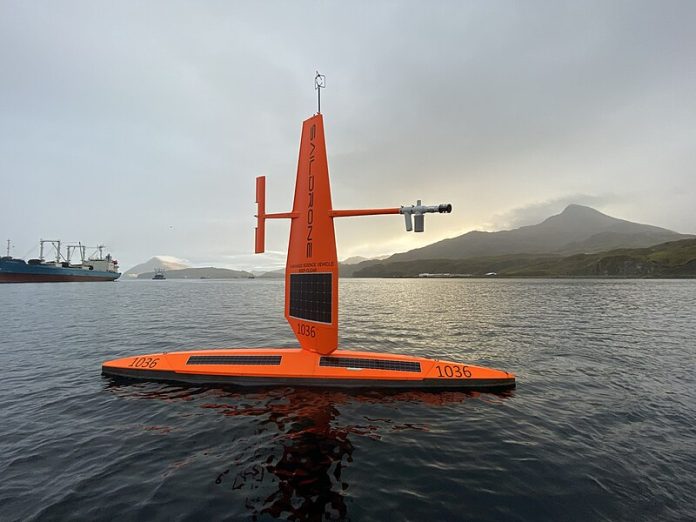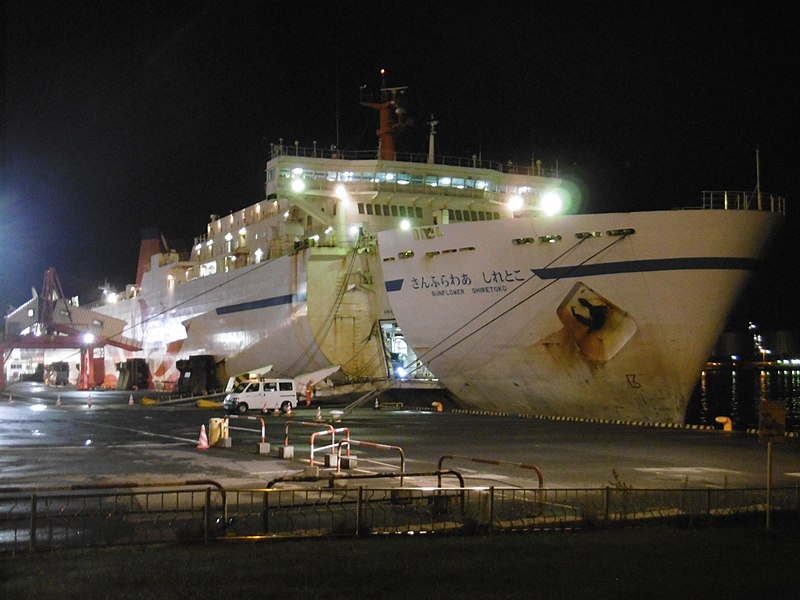
The U.S. military’s approach to base protection and operational readiness is undergoing significant changes to counter a spectrum of emerging threats, including cyber-attacks, drone swarms, and natural disasters.
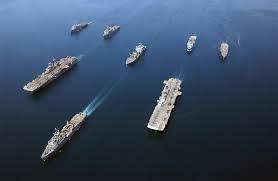
This transformation was vividly illustrated in the recent Semper Durus exercises at Marine Corps Installations-West, where personnel for the first time engaged in unscripted training against a live operational force, departing from the norm of scripted tabletop exercises.

Col. Philip Laing emphasized the urgent necessity to address these multi-domain threats, stating, “The homeland is not a sanctuary.” His remarks reflect a broader realization within the defense community that base security must evolve beyond traditional anti-terrorism measures.

According to exercise controller Jeff Williams, the aim is to develop a replicable model that could serve as a “playbook” for annual exercises, enhancing base preparedness for a range of contingencies.
The training, which included tackling scenarios such as power outages and hazardous material spills, brought to life the complex nature of modern warfare’s asymmetric tactics.
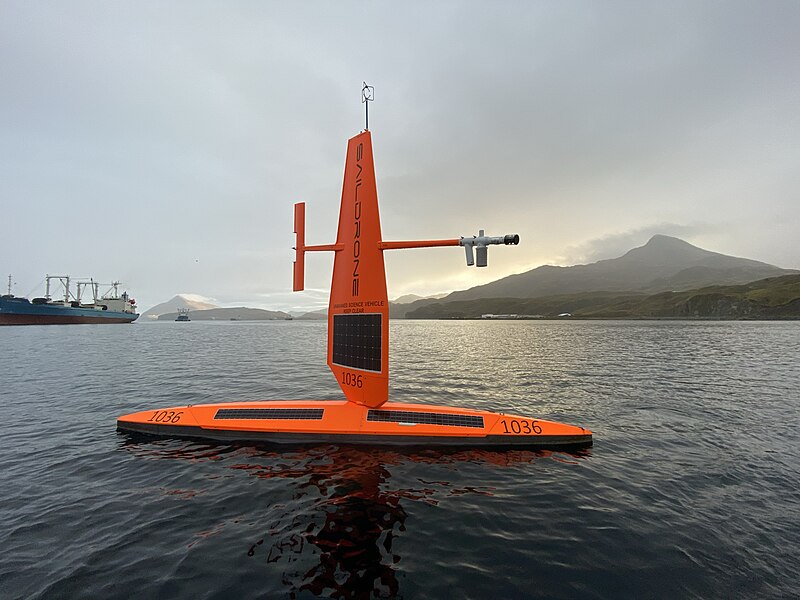
The 23rd Marine Regiment’s opposition forces, acting as disruptors, tested the installations’ responses through crafted scenarios that stretched the imagination of commanders and demanded real-time problem-solving.
Concurrently, the Navy is progressing with its unmanned surface drone program, as evidenced by the establishment of Unmanned Surface Vessel Squadron 3, nicknamed the “Hell Hounds.”
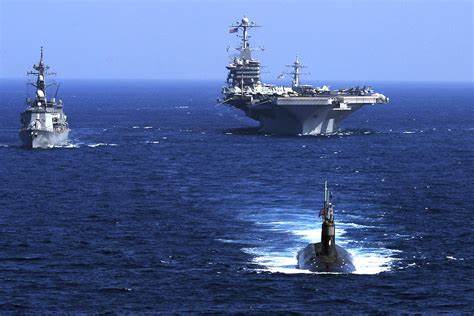
This move signifies the Navy’s commitment to integrating hundreds of autonomous vessels into fleet operations. Capt. Shea Thompson, highlighting the absence of established guidelines for these assets, pointed out the pioneering nature of current efforts: “We collectively are writing the instruction manuals, qualification standards, concepts of operations, and developing the tactics, techniques and procedures for employment of these platforms as we strive to accelerate delivery of USV capability to the fleet.”
This foray into uncharted waters also resonates with the Department of Defense’s broader perspective, as elucidated by retired senior NORAD officials and defense strategists Dr. Paul N. Stockton and Col. John P. Paczkowski, USMCR (Ret.).
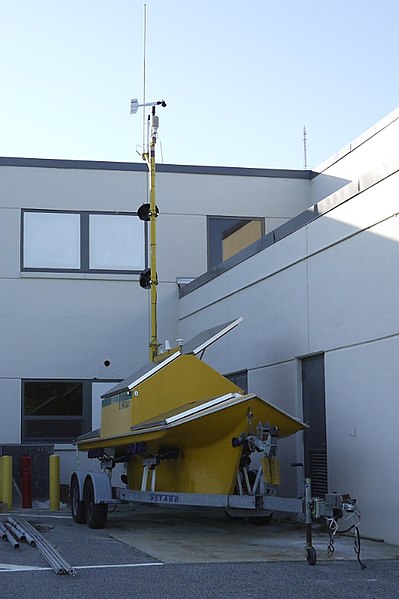
They argue that with adversaries developing advanced missile capabilities and employing them in ways that reshape the course of crises and conflicts, America’s defenses must similarly advance. The concept of the homeland as a sanctuary is outdated, and the U.S. must now consider it a potential theater of operations—or even war.
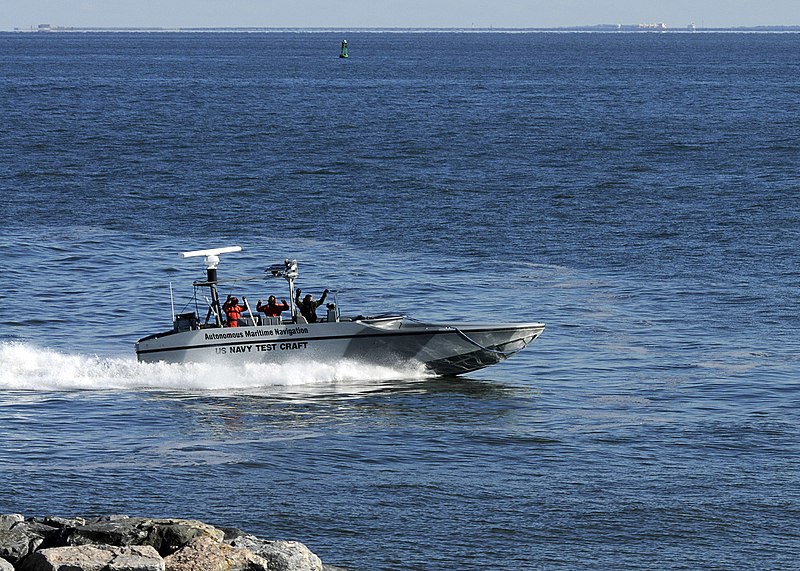

The Navy’s exploration of small USVs for maritime security and other military operations further exemplifies the Pentagon’s focus on technological innovation to maintain strategic dominance. Vice Adm.

Brendan McLane underlined the role of USVs in future naval operations, stating, “The integration of small USVs into fleet operations and exercises will increase our planning options and enhance our warfighting capabilities at a reduced risk to forces and at a reduced cost.”

As the military continues to adapt to the fast-paced evolution of threats, the fusion of traditional training with cutting-edge technologies exemplifies a proactive stance. By transforming their strategies and fostering innovation, U.S. armed forces aim to stay ahead of adversaries who relentlessly seek asymmetric advantages.




Relevant articles:
– New Base Protection Training Emphasizes Asymmetric Threats, ‘Homeland is Not a Sanctuary’, USNI News
– Navy ‘Hell Hounds’ Squadron Crafting Missions for Small, Lethal Drone Fleet, USNI News
– The homeland is not a sanctuary: The case for more integrated air defenses, Breaking Defense
– Strengthening Mission Assurance Against Emerging Threats: Critical Gaps and Opportunities for Progress, NDU Press
